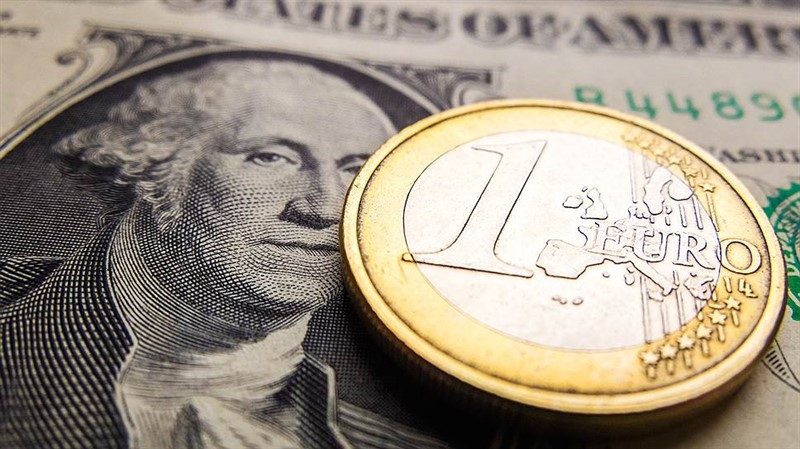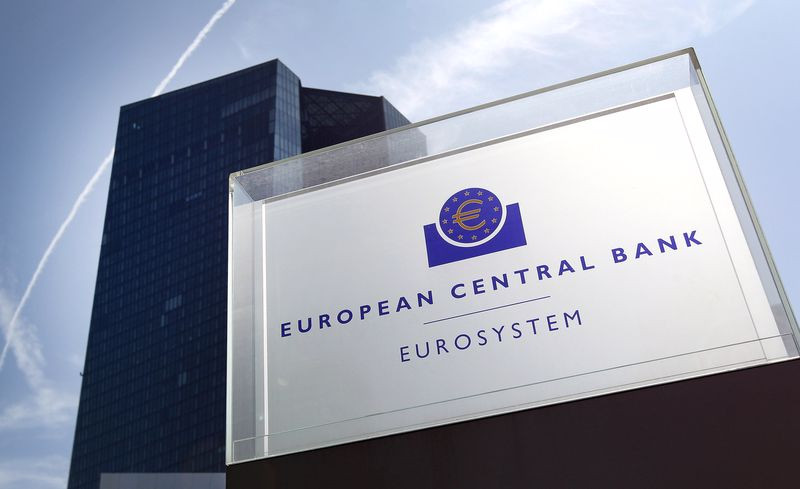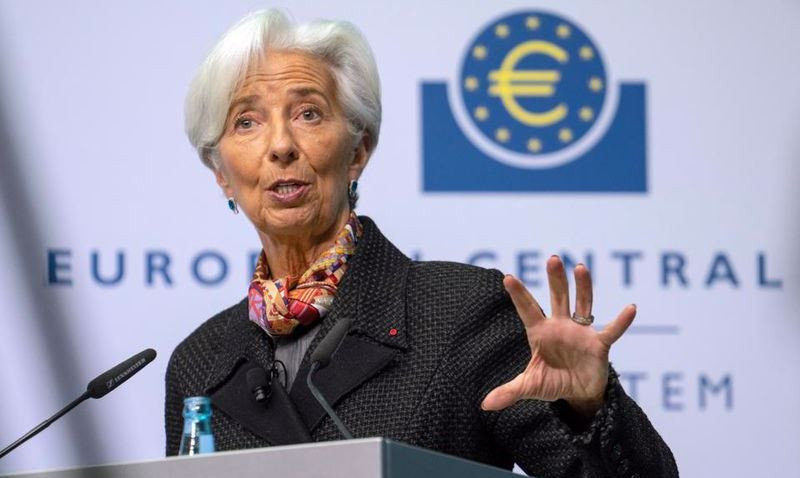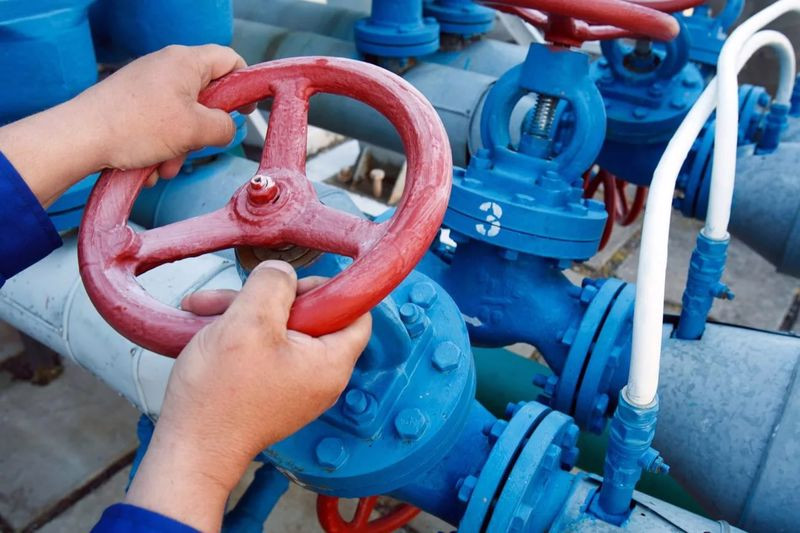A well-known saying in the financial world says: "sell in May and go away." Recently, investors have been trying to understand to what extent this saying, which is more applicable to stock markets, is also true in relation to the king - the dollar.
The USD rally has stalled at multi-year peaks. The US currency went into consolidation mode after showing growth of almost 5% in April. Against this background, the EUR/USD pair was able to stabilize, touching a more than five-year "bottom" around 1.0470 at the end of last month.
The prospects for an increase in interest rates in the eurozone in July provide some support for the single currency. However, the number of rate hikes from the European Central Bank this year remains a matter of debate.
In addition, market participants are trying to understand what will happen to the American economy after the tightening of the Federal Reserve's monetary policy.
In general, investors are considering three scenarios:
1. "Soft landing" – The Fed will be able to contain inflation without causing a recession in the economy;
2. "Hard landing" – inflation will slow down at the cost of recession;
3. Stagflation – interest rates in the US will rise strongly enough to cause a recession in the economy, but this will not be enough to bring inflation under control.
"There are still signs under the hood that inflation, labor market tensions and supply chain issues may have peaked," said strategists at BMO Wealth Management.
"The market is in 'prove it' mode and these early signs are still far from sufficient evidence to reassure investors," they added.
Trading on the US stock exchanges on Tuesday ended without a single dynamics of the three main indices. The Dow Jones lost a quarter of a percentage point, while the S&P 500 rose by a similar amount, and the Nasdaq recovered by less than 1%.
Ignoring the improvement in market sentiment, the protective dollar stayed afloat.
After fluctuating between moderate growth and decline during the session, the USD index eventually rose 0.2% to 103.90, while the euro declined 0.24% to $1.0530.
A tailwind for the greenback was another batch of hawkish signals from the Fed representatives, who confirmed their intention to continue the rapid rate hike.
Cleveland Fed President Loretta Mester believes that raising interest rates in half-point increments makes sense at the next two FOMC meetings.
The head of the Federal Reserve Bank of New York, John Williams, said that the statement by Fed Chairman Jerome Powell that the central bank will raise the rate by half a percent at the next two meetings is reasonable.
Christopher Waller, a member of the Fed Board of Governors, said that now is the time to get down to business with raising rates to cope with too high inflation and a tense labor market.
The president of the Federal Reserve Bank of Richmond, Thomas Barkin, said that after the upcoming rate hike, the central bank will be able to determine whether inflation will remain at a level that requires economic slowdown or not. "We will do what we need to do," he said.
These comments limited the rebound of US stock indices and put pressure on the EUR/USD pair.
Traders are still betting that the Fed will actively raise the key rate, unlike the ECB.
"Although low-yielding currencies such as the euro are finding some support from the market, prolonged market volatility and unstable sentiment are unlikely to lead to any other winners besides the dollar," ING analysts said.
"Market expectations regarding changes in ECB rates this year have been quite stable over the past weeks, while currently the prices include an increase in rates in the eurozone by 85 bps. Nevertheless, we doubt that the EUR/USD pair will receive much support as long as expectations regarding the tightening of the Fed's policy will not change," they said.
According to the bank's forecast, in the near future the main currency pair will trade in the range of 1.0500-1.0600. But ING economists say that the support at 1.0500 does not look particularly strong, as the EU is approaching a full embargo on Russian energy carriers – with all the negative consequences for European growth.
The bank does not expect any sustained weakening of the US currency on the short-term horizon.
"The USD index can trade in the range of 103.20-104.00. We see no reason for a sharp sell-off of the dollar," ING said.
The positive shift observed in risk sentiment in the middle of the week makes it difficult for the greenback to find demand as a safe haven asset.USD was under moderate pressure after the release of data that reflected a slowdown in inflation in the United States.
The US Department of Labor recently reported that in April, the consumer price index in the country expanded by 0.3% on a monthly basis, which is the smallest increase since August last year compared with an increase of 1.2% in March.
On an annualized basis, the indicator increased by 8.3%, which is higher than the preliminary estimate of 8.1%, but lower than the figure of 8.5% in the previous month.
However, these data are unlikely to force the Fed to adjust its aggressive monetary policy.
"The underlying inflationary pressure remains quite strong and quite stable," Cambridge Global Payments specialists said
The corresponding index in April added 0.6% on a monthly basis and 6.2% on an annual basis, which was higher than the previously expected 0.4% and 6.0%.
Why is the core consumer price index more important for the Fed than the overall PCE? The fact is that gasoline and food prices are unstable, and there is little the central bank can do about it. These are mainly supply-side problems caused by global factors, such as the conflict in Ukraine and OPEC+ oil production.
What the Fed can significantly affect is demand – if the central bank raises interest rates, consumers will be motivated to save money rather than take out loans to make large purchases. The Fed has promised to lower inflation with higher borrowing costs – and it can afford it.
"The Fed is signaling that it is doing everything to combat inflation, but slowing annual price growth from the current level of 8% to something closer to the central bank's target level of 2% will be a test that will last as early as 2023," ING strategists noted.
In such a scenario, the Fed will be forced to act more decisively, in particular, to raise the rate by more than 50 points at a time.
At the same time, the ECB will act very carefully and slowly. At least, there is no question of the central bank raising rates by 50 bp.
Although locally we see a tug of war in the EUR/USD pair between bulls and bears, it is not necessary to talk about breaking the upward trend in USD.
"Pay attention to the continued demand for the US dollar on the falls, while the 104 level is already being tested and there is potential for growth to the 107 mark," Westpac analysts said.
Commonwealth Bank of Australia analysts also believe that the risk is shifted towards further USD growth from current levels. In their opinion, the euro remains heavy above $1.05.
The EUR/USD pair rose on Wednesday to a local high around 1.0575, but then adjusted slightly.
ECB President Christine Lagarde hinted that the central bank may raise rates as early as July, as inflation in the eurozone continues to rise.According to Madis Muller, the head of the Bank of Estonia, the ECB may outline plans for rates at the June policy meeting.
"The first rate hike should be followed by several more this year, and the deposit rate, which is now -0.5%, may return to positive territory by the end of the year," Muller said.
Another member of the ECB's Governing Council, Francois Villeroy de Galo, said that the central bank will start raising rates this summer.It is obvious that the ECB is already far behind the Fed in terms of raising rates, which makes the euro less attractive against the dollar. And the ECB's cautious attempts to raise rates will not change this trend.
The USD index continues to consolidate at the top of the recent range.
The breakthrough of the consolidation channel will open the way to the 20-year high recorded on May 9 in the area of 104.20. The next ascending barrier appears at the level of 105.00, followed by 105.63 (high on December 11, 2002).
It is assumed that the conflict in Ukraine will have a greater impact on the eurozone than on the United States. Therefore, there are doubts that the EUR/USD pair can make a steady rebound.
The euro will remain under pressure amid fears of an energy crisis in the eurozone, according to Commerzbank.
"There is a suspicion that the Russian side wants to illustrate the risks for gas supplies to Europe more clearly than is technically necessary. None of these statements are surprising, but they preserve the prospect of a possible energy crisis in the eurozone. Under these conditions, it can be assumed that the risk premium for the energy crisis in the eurozone, which is currently putting pressure on euro exchange rates, will be with us for some time," the bank's strategists noted.
The next session of range trading for EUR/USD leaves the technical picture for the pair as a whole unchanged, say Scotiabank economists, who indicate that the levels of 1.0500 and 1.0600 remain strong support and resistance, respectively.
"The 1.0500 and 1.0600 areas remain strong support and resistance zones, respectively, while the general trend for EUR indicates that this period of consolidation will eventually give way to further losses and a price drawdown to a five-year low," they said.
"Intraday support before the round mark of 1.0500 is at 1.0525, while the daily high of 1.0575 acts as an intermediate resistance, followed by 1.0585, and then the round level of 1.0600. A drop below 1.0500 finds support near the end - April low of 1.0470," Scotiabank added.
The EUR/USD pair will consolidate around 1.0485 ahead of a further decline, Credit Suisse analysts believe.
"Our forecast is to wait for the consolidation phase at the bottom of a broad potential downward channel from 2016 at 1.0485. But this is seen as a temporary pause before resuming the main downtrend at the time and testing the 2016 low at 1.0341. In the broader perspective, we expect the pair to fall to parity," they said.














